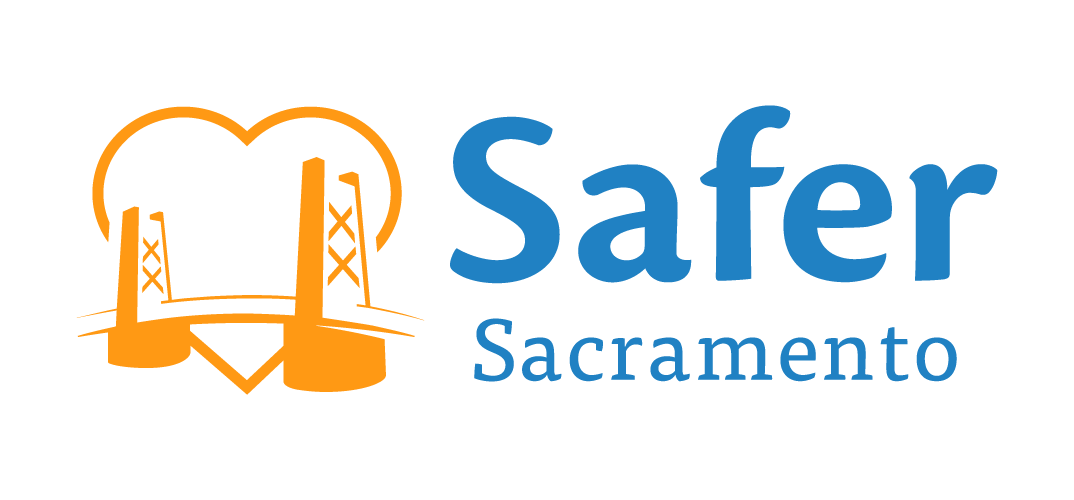Party Drug to Hopeful Treatment: Understanding the Risks and Benefits of Ketamine
Following actor Matthew Perry’s unexpected death, ketamine has been catapulted into the spotlight. The drug was first developed in the 1960s and used as a quick-acting anesthetic during the Vietnam War and in healthcare settings. Since then, ketamine, a dissociative drug, has been used legally as a general anesthetic in humans and as a tranquilizer in animals. More recently, in 2019, the Food and Drug Administration (FDA) approved esketamine – a ketamine derivative – as a nasal spray version for treatment-resistant depression only available at a certified doctor’s office or clinic. This marks a shift in the drug’s reputation, as it has long been known as a party drug, popular in the festival and nightlife scenes for its hallucinogenic effects that mimic those of ecstasy and PCP.
Merits of Ketamine
According to the National Institute of Health, ketamine can be highly beneficial for pain management, treatment-resistant depression (TRD), managing suicidal ideation, and PTSD. The World Health Organization notes that depression affects over 280 million people around the globe, and approximately 30% of individuals who are diagnosed with severe depression have symptoms that do not respond to standard treatment. Recent studies have shown that ketamine infusion therapy can provide rapid and significant relief for individuals with treatment-resistant depression. With the recent 2019 approval for use to treat TRD, the prescription version of ketamine, Spravato, given as a nasal spray, offers a beacon of hope for those struggling with severe depression that has not responded to other forms of treatment. As noted in YaleMedicine and Harvard Health, ketamine therapy works by blocking NMDA receptors in the brain allowing for increased serotonin levels and other neurotransmitters known to improve mood. This mechanism not only produces rapid antidepressant effects but also promotes neural plasticity, essentially rewiring the brain's circuits and allowing individuals to develop different thoughts and behaviors.
Drawbacks of Ketamine
Of course, like any treatment, ketamine isn't without its risks. While ketamine has shown remarkable efficacy in treating various mental health conditions, it also has a high potential for misuse and dangerous side effects when combined with other substances.
Side Effects
Psychological Side Effects: Ketamine administration can lead to dissociative experiences, where individuals feel detached from their surroundings or their sense of self. Disorientation, amnesia, and hallucinations can impact a person’s ability to make sound decisions or effectively interact with those around them.
Physical Effects: Ketamine can cause increases in blood pressure and heart rate, which may pose risks for individuals with pre-existing cardiovascular conditions. Individuals may also experience dizziness, blurred vision, headaches, nausea, and vomiting.
Physical Effects: Ketamine can cause increases in blood pressure and heart rate, which may pose risks for individuals with pre-existing cardiovascular conditions. Individuals may also experience dizziness, blurred vision, headaches, nausea, and vomiting.
Dependence and Misuse
Recreational ketamine is on the rise. As Medscape reports, Ketamine poisonings in the United States increased 81% between 2019 and 2021. Poison control centers are seeing an uptick in calls concerning ketamine, with almost 40% of the callers reporting intentional misuse of the substance. According to the NIH, a study revealed that ketamine, when combined with other drugs (polydrug use) or alcohol, significantly contributes to poisonings, overdoses, and fatalities. When ketamine is combined with depressants such as opioids or alcohol, the central nervous system is at risk for respiratory depression, coma, and even death. Ketamine was found to be involved in 79% of overdose-related deaths, nearly all of which involved polysubstance use. Additionally, with its popularity as a “club drug,” and sedative effects, ketamine can pose risks for those not directly using the substance, as it has also been used to facilitate sexual assault.
Conclusion
Ketamine shows promise as a treatment option and offers hope for those suffering from severe, treatment-resistant depression. It is considered safe and evidence supports its efficacy when used in a controlled, clinical environment. However, the risks associated with recreational use should not be ignored or minimized. Focusing on education for those who choose to use ketamine recreationally is essential to help prevent avoidable outcomes.
